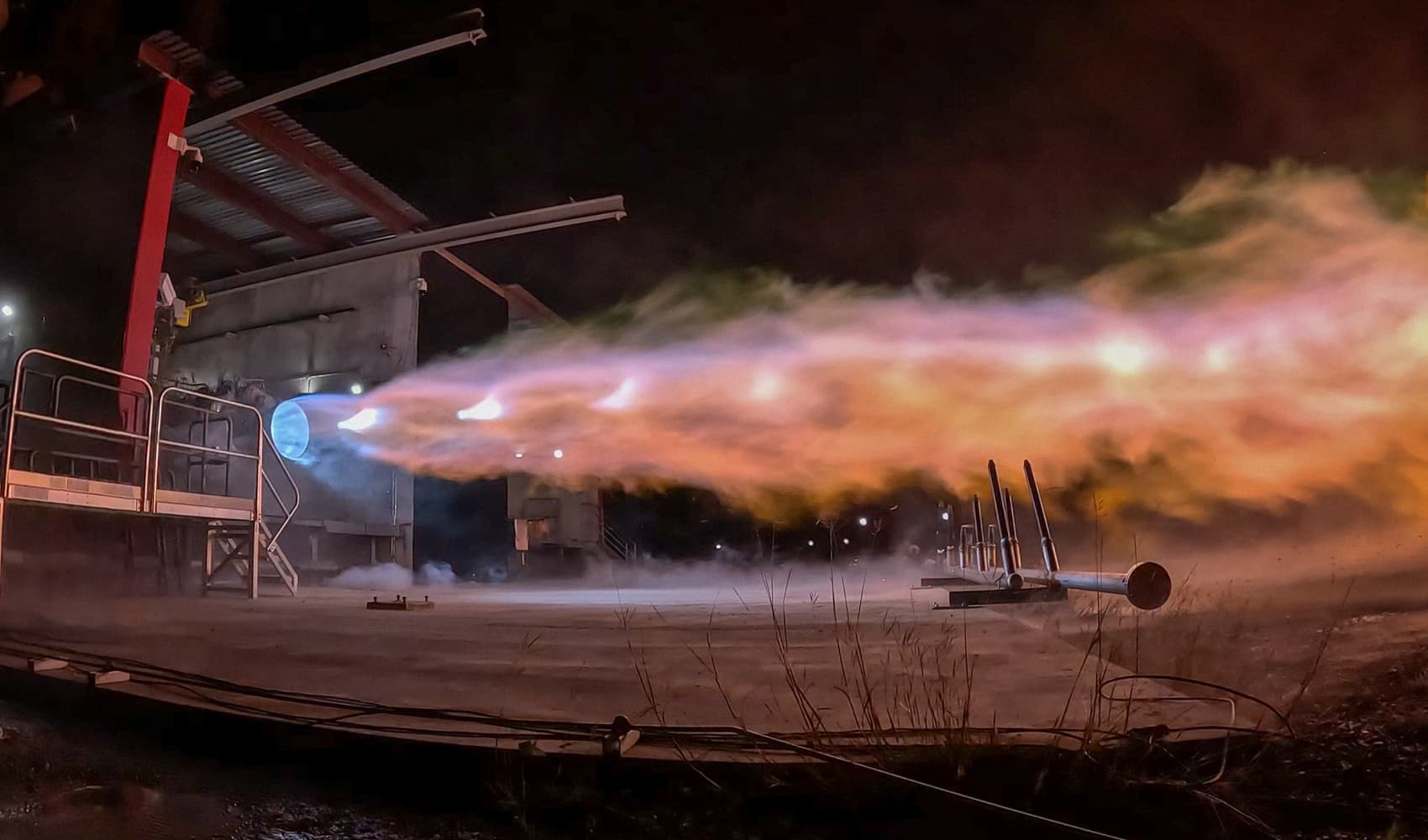
- The damage being caused by extreme weather events like floods, heatwaves and storms is only rising.
- Companies are paying close attention to which states not only can avoid some of these climate risks, but also which states are best prepared to mitigate their impact.
- CNBC’s annual America’s Top States for Business study measures how well states are - or are not - prepared to handle whatever weather is thrown at them.
In a summer of extreme weather events including disastrous floods, oppressive heat, and choking wildfire smoke, climate risks are touching all aspects of our lives.
WATCH ANYTIME FOR FREE
Stream NBC10 Boston news for free, 24/7, wherever you are. |
At the non-profit, non-partisan First Street Foundation, which quantifies the risks for governments, industries, and individuals, head of climate implications Jeremy Porter said there is also a massive economic impact tied to the risks, no matter where one stands on the issue of climate change.
"They're causing damages to our own personal property, but they're also impacting the larger communities, they are impacting supply chains, or they're impacting school systems or road closures, or the ability for outdoor labor to occur in certain times," he said.
Get updates on what's happening in Boston to your inbox. Sign up for our News Headlines newsletter.
Climate risks also vary by location, making them a factor in competitiveness.
"It's sort of in the early stages, but we're already seeing companies and industry make decisions around where to locate — if they want to relocate even — based on exposure to climate risks," Porter said.
Veteran site selection consultant John Boyd, Jr., of The Boyd Company said companies are also looking at reliable renewable energy, which was a major factor in Micron Technology's decision to build a $100 billion semiconductor manufacturing facility in upstate New York.
Money Report
"There is this idea of risk, averting risk," he said. "You're starting to see that become a theme and narrative."
With all that in mind, CNBC has included sustainability as a consideration in our 2023 America's Top States for Business study. We used state-level figures provided by First Street for properties at risk of major damage from flooding, extreme heat, wildfires and wind in the next 30 years.
We also considered National Oceanic and Atmospheric Administration (NOAA) data on extreme weather, and U.S. Department of Energy data on renewable power.
Under our methodology, sustainability is a metric in our Infrastructure category. Some states are the least prepared for extreme weather. These are America's 10 most sustainable states.
9. (tie) Tennessee
The Volunteer State has seen its share of climate-related disasters in recent years, including a series of severe storms, high winds and a tornadoes in early March that led President Joe Biden to declare a major disaster in Tennessee. But NOAA puts the Ohio Valley at the low end of its Climate Extremes Index, which considers temperatures, precipitation, drought and hurricanes.
2023 Infrastructure score: 254 out of 390 points (Top States grade: A-)
Climate Extremes Index (National Average: 19.68%): 7.48%
Properties at risk: 23.9%
Renewable energy: 14.5%
9. (tie) Michigan

At 3,288 miles, the Great Lakes State boasts the longest freshwater coastline in the world. That makes for some stunning scenery. The lakes also tend to moderate temperatures in many parts of the state. But they also help fuel some climate extremes including severe summer storms and lake effect snows. Even so, Michigan has not had a FEMA-designated disaster since 2021, when severe storms, flooding and tornadoes battered the southeast part of the state.
2023 Infrastructure score: 205 out of 390 points (Top States grade: C+)
Climate Extremes Index: 8.7%
Properties at risk: 2.1%
Renewable energy: 12.3%
8. Vermont
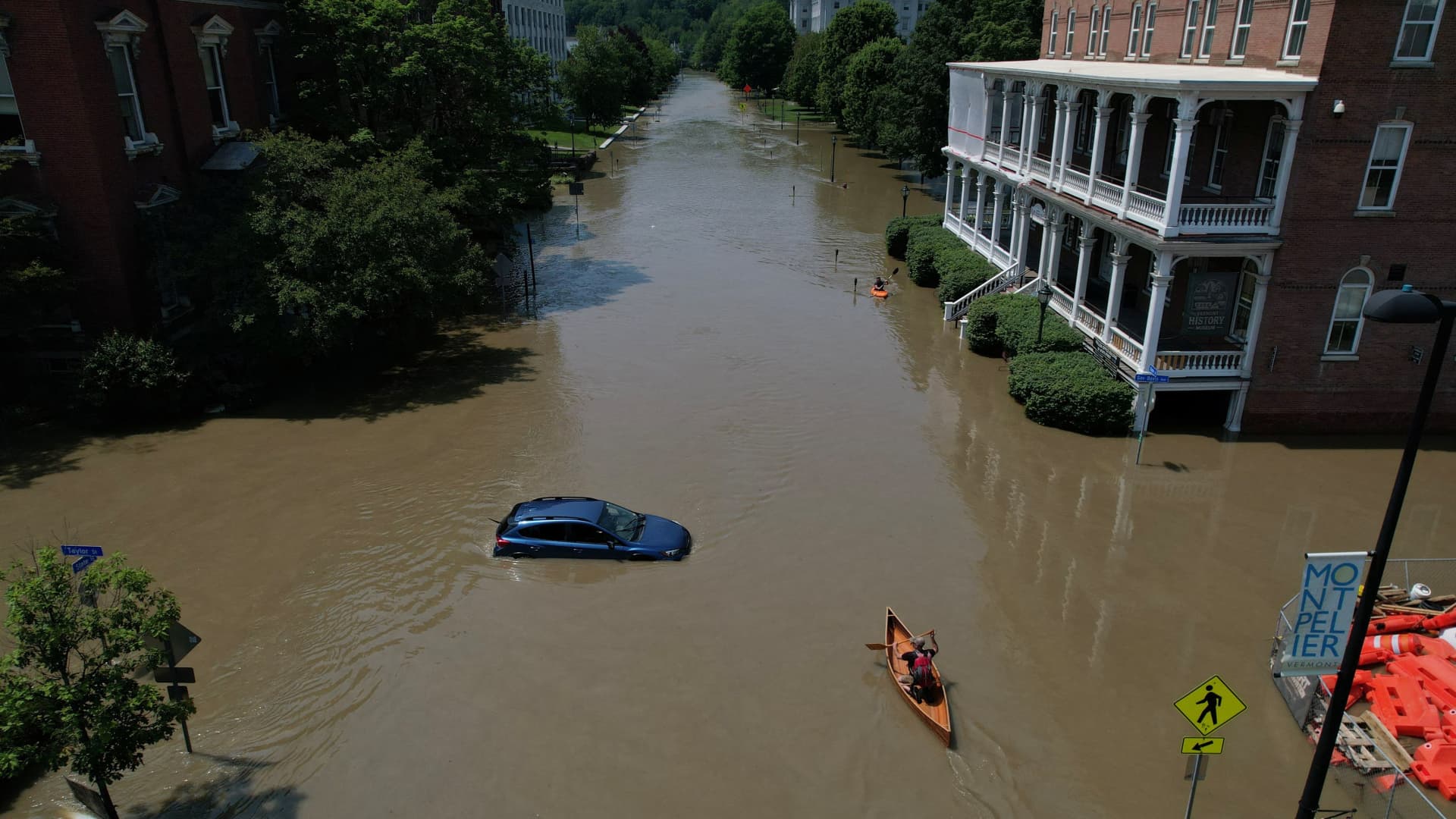
The Green Mountain State truly is green. With virtually all its energy coming from renewable sources, mostly hydroelectric power, no other state comes close. However, in 2023, Vermont's signature tranquility has been swamped by record rainfall and severe flooding this month. More than 100 people had to be rescued from the rushing waters.
2023 Infrastructure score: 172 out of 390 points (Top States grade: D+)
Climate Extremes Index: 24.6%
Properties at risk: 3.9%
Renewable energy: 100%
6. (tie) Nebraska

The Cornhusker State's central location helps insulate it from some of the extremes on the coasts. But this year, Nebraska residents have been dealing with extreme heat and dry weather, and a series of wildfires in April burned 697 acres in Cass County. The state's vast plains are fertile ground for wind energy, which accounted for roughly one-third of the state's power last year.
2023 Infrastructure score: 187 out of 390 points (Top States grade: C-)
Climate Extremes Index: 19.78%
Properties at risk: 3.6%
Renewable energy: 34.9%
6. (tie) Colorado
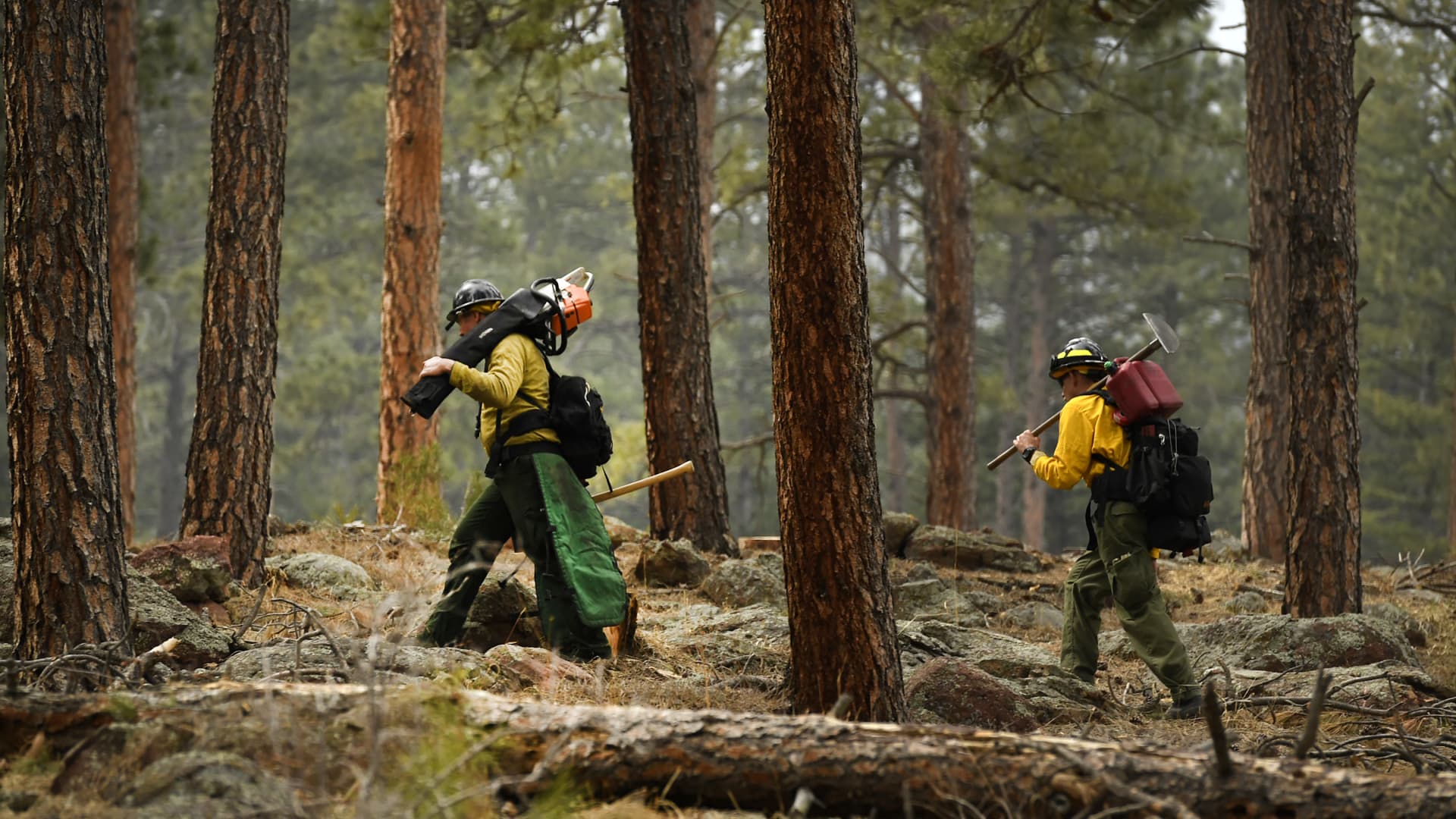
This year began with welcome relief for the Centennial State: cool and wet conditions in the spring left the state drought-free for the first time since 2019. But the rains have had an unwelcome side effect: they greatly increased vegetation, which is now drying out and leaving the state at increased risk of wildfires. The last major fire in the state, 2021's Marshall Fire, killed two people and destroyed some 1,100 homes. Fortunately, in Colorado, such disasters are relatively few and far between.
2023 Infrastructure score: 231 out of 390 points (Top States grade: B)
Climate Extremes Index: 23.68%
Properties at risk: 4.2%
Renewable energy: 42.5%
5. Kansas
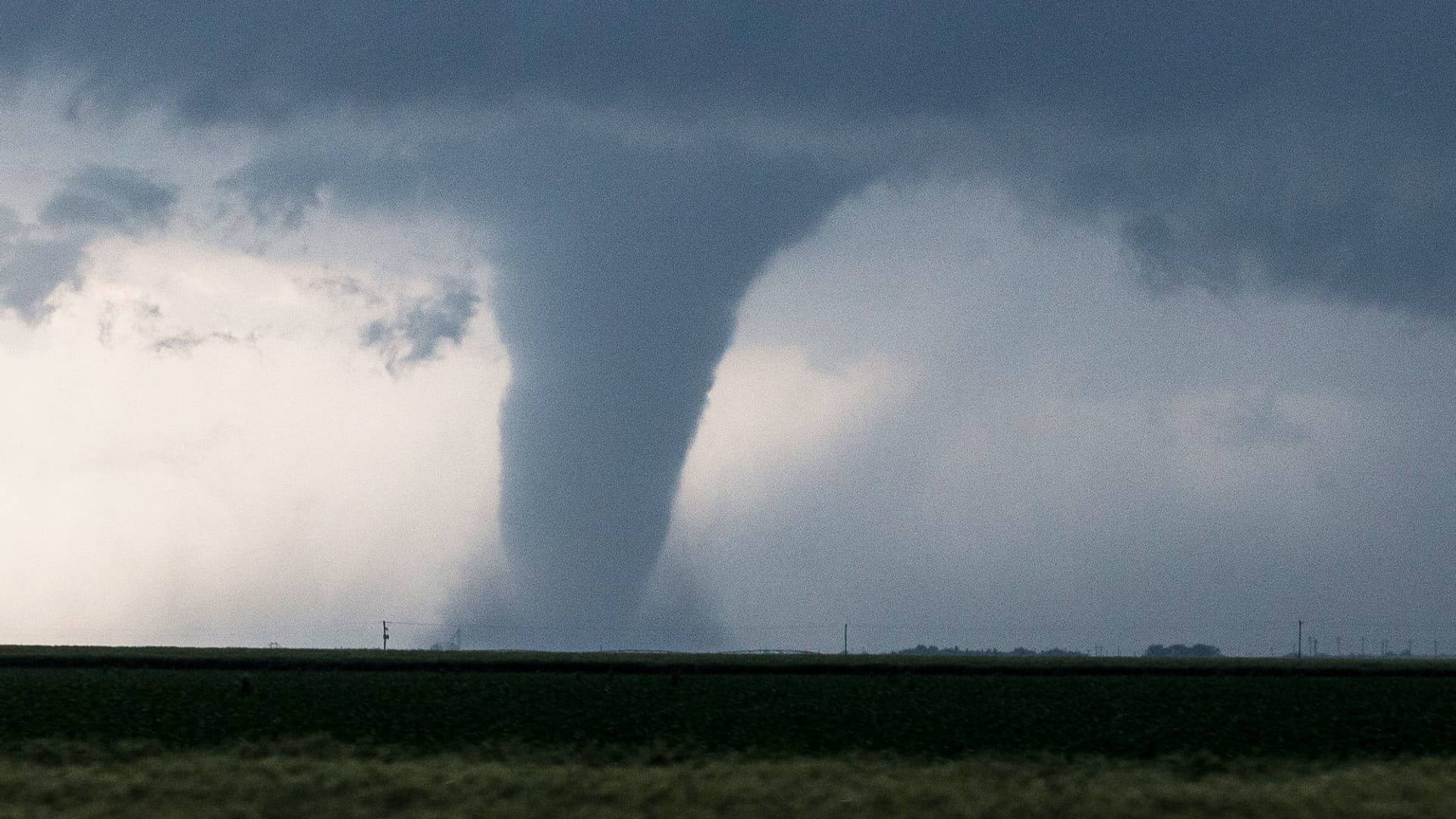
The Sunflower State also benefits from its non-coastal location. Weather extremes include summer tornadoes, winter blizzards, and the growing risk of wildfires. But Kansas is also harnessing its winds to generate nearly half the state's power, and there is a growing solar power component as well.
2023 Infrastructure score: 231 out of 390 points (Top States grade: B)
Climate Extremes Index: 23.64%
Properties at risk: 16.3%
Renewable energy: 47.6%
4. Oklahoma

In the Sooner State, the wind comes sweeping down the plain and they turn it into electricity. The state is also sixth in the nation in solar energy potential, according to the Energy Department. Of course, Oklahoma is also a major player in the fossil fuel industry. That does not earn the state sustainability points, but it does mean that the energy infrastructure here is well-balanced.
2023 Infrastructure score: 214 out of 390 points (Top States grade: B-)
Climate Extremes Index: 23.64%
Properties at risk: 32.2%
Renewable energy: 46.7%
3. Minnesota
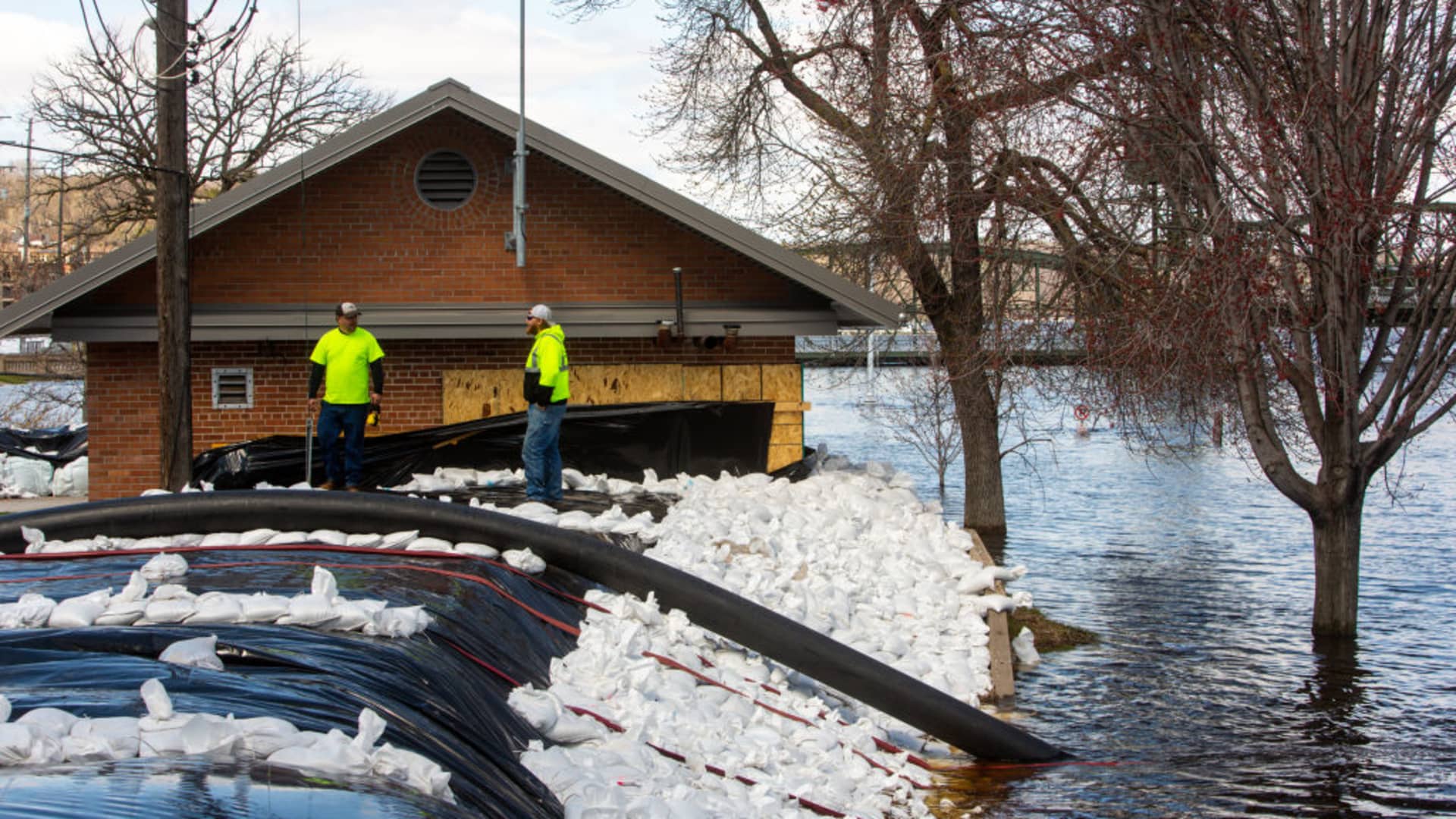
This spring was a rough one in the North Star State, which is used to weather extremes but adept at dealing with them. But when a slow-moving system in May drenched the southern part of Minnesota with as much as nine inches of rain, the results were disastrous in a state where the risk of major damage is typically on the low side.
2023 Infrastructure score: 254 out of 390 points (Top States grade: A-)
Climate Extremes Index: 8.7%
Properties at risk: 2.7%
Renewable energy: 34.6%
2. South Dakota

Rich in wind, solar, and geothermal energy and making widespread use of all three, the Mount Rushmore State is a monument to sustainability. But South Dakota is also prone to floods from snowmelt, like the incident in May that led President Biden to declare a major disaster for parts of the state.
2023 Infrastructure score: 193 out of 390 points (Top States grade: C)
Climate Extremes Index: 19.78%
Properties at risk: 9%
Renewable energy: 84%
1. Iowa
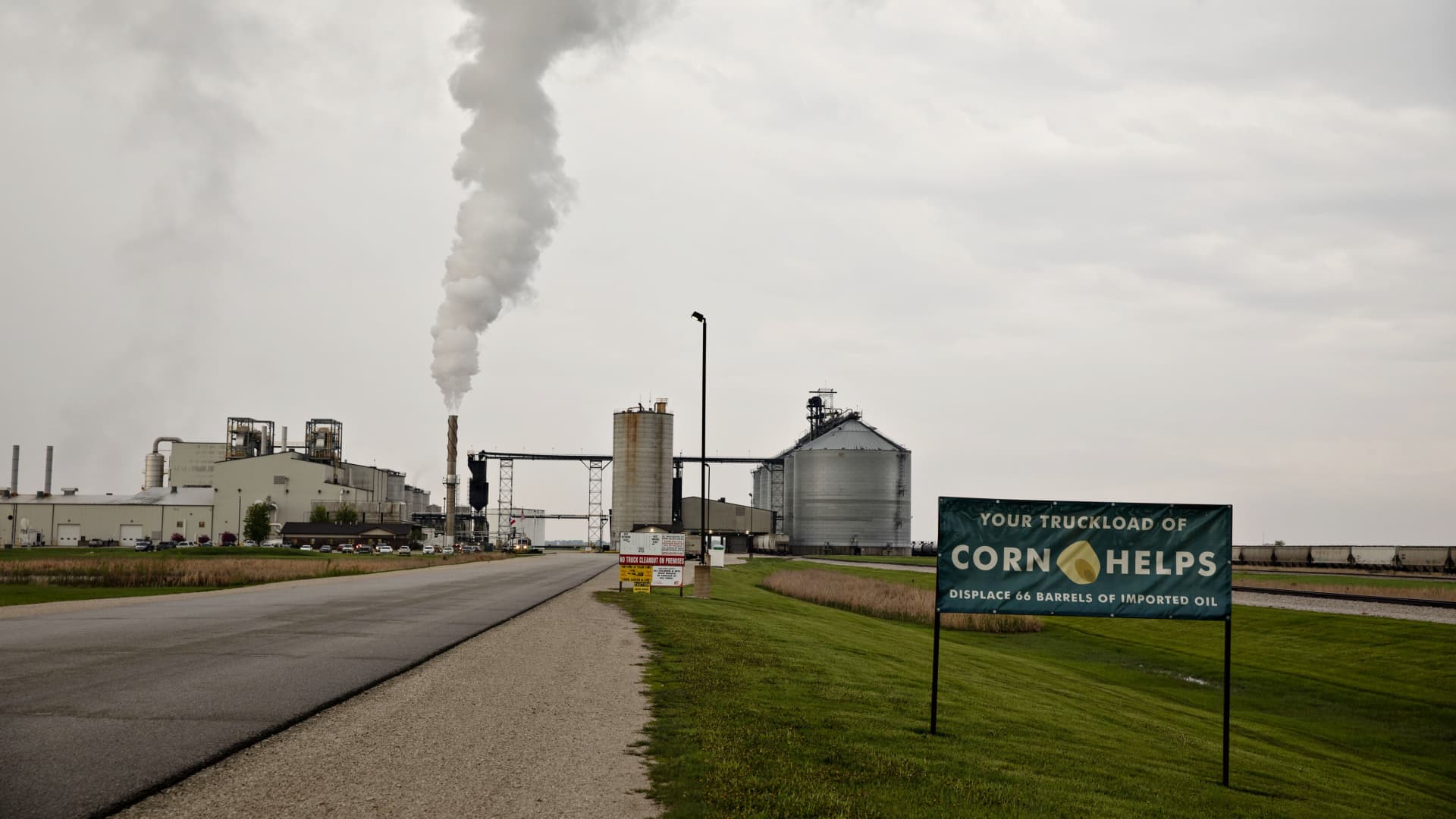
Like all Midwest states, the Hawkeye State knows about severe thunderstorms and tornadoes. But they are typically summer phenomena. In December 2021, an outbreak of 21 tornadoes slammed the region, including Iowa, leaving five dead. While climate change is wreaking that kind of havoc on weather patterns, Iowa is more insulated than many states from extremes. Iowa accounts for a quarter of U.S. ethanol production, according to the Energy Department, and it is the nation's largest biodiesel producer. Here in the heartland, renewable energy is at the heart of America's most sustainable state.
2023 Infrastructure score: 205 out of 390 points (Top States grade: C+)
Climate Extremes Index: 8.7%
Properties at risk: 3.4%
Renewable energy: 66%


